Ever wondered why fiber often gets the spotlight in conversations about healthy eating? The answer lies in its multifaceted role in promoting overall well-being. From aiding digestion to supporting heart health and even assisting in weight management, fiber is a nutritional powerhouse. Yet, many people fall short of the recommended daily intake. This post serves as a comprehensive guide to foods rich in fiber, helping you make informed choices for a healthier lifestyle. So, let’s embark on this journey to discover the best foods for adding fiber to your diet.
Contents
Why Fiber Matters

Fiber plays a pivotal role in the digestive system, acting as the “sweeper” that helps move food through the digestive tract. It adds bulk to stool, making it easier to pass and thereby preventing constipation. But the benefits don’t stop at digestion. A diet rich in fiber has been linked to lower levels of bad cholesterol, which is a boon for heart health.
Moreover, fiber-rich foods tend to be more filling, which can help you eat fewer calories and manage your weight more effectively. They slow down the rate at which sugar is absorbed into the bloodstream, reducing the likelihood of blood sugar spikes. This makes fiber an essential component for anyone looking to maintain or achieve a healthy weight, as well as those managing conditions like diabetes.
Types Of Fiber: Soluble Vs. Insoluble
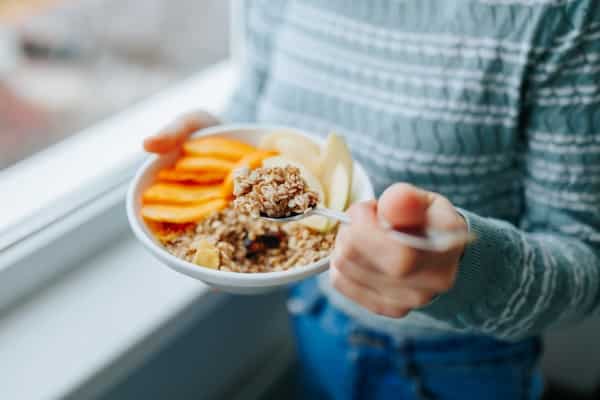
When it comes to fiber, not all types are created equal. Soluble fiber dissolves in water and forms a gel-like substance, which can help lower blood cholesterol and glucose levels. Foods like oats, beans, and certain fruits are excellent sources of soluble fiber. On the other hand, insoluble fiber does not dissolve in water. It adds bulk to the diet and aids in moving food through the digestive system, preventing constipation.
Understanding the different types of fiber is crucial because each offers unique benefits. While soluble fiber is excellent for heart health and regulating blood sugar, insoluble fiber is your go-to for improving digestive health. Incorporating a mix of both types in your diet ensures you reap the full spectrum of benefits.
Fruits Packed With Fiber
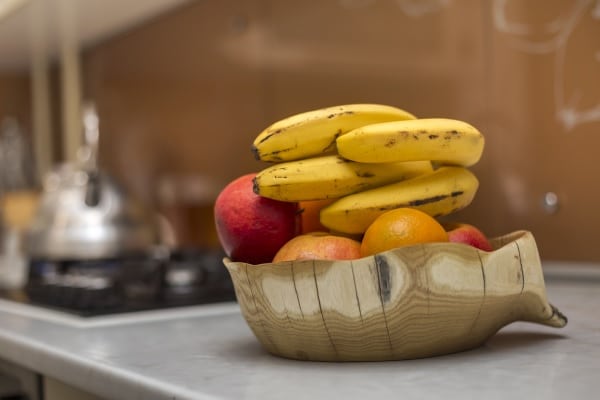
When it comes to fruits, the options for adding fiber to your diet are both delicious and diverse. Apples, for instance, are a convenient and tasty source of both soluble and insoluble fiber. Eating an apple before a meal can even make you feel fuller, reducing the amount of food you consume. Berries, such as strawberries and raspberries, are also fiber-rich and offer the added benefit of being low in calories.
Bananas are another excellent choice, especially for those who lead an active lifestyle. They not only provide a quick source of energy but also contain a decent amount of fiber, aiding in digestion. The beauty of incorporating fruits into your diet is that they offer a plethora of other nutrients like vitamins and antioxidants, making them a well-rounded choice for boosting your fiber intake.
Vegetables: The Green Fiber Machines
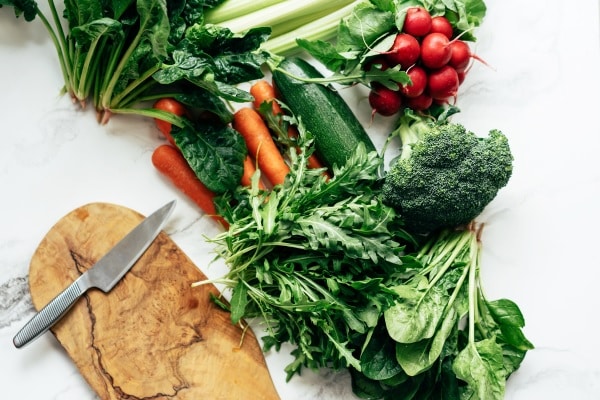
If fruits are the sweet way to fiber goodness, vegetables are the green machines that power your fiber intake. Take broccoli, for example; this green vegetable is rich in fiber and packed with essential nutrients like vitamin C and potassium. Brussels sprouts, another cruciferous vegetable, are similarly fiber-rich and offer additional health benefits, such as potentially lowering cancer risk.
Carrots and spinach also make the list of fiber-rich vegetables. While carrots are often associated with eye health due to their high vitamin A content, they also offer a good amount of fiber. Spinach, on the other hand, is a leafy green that can be easily added to salads, smoothies, or even sautéed as a side dish. Like fruits, vegetables offer a range of nutrients, making them an excellent choice for anyone looking to increase their fiber intake while also boosting overall nutrition.
Grains: Not Just For Breakfast
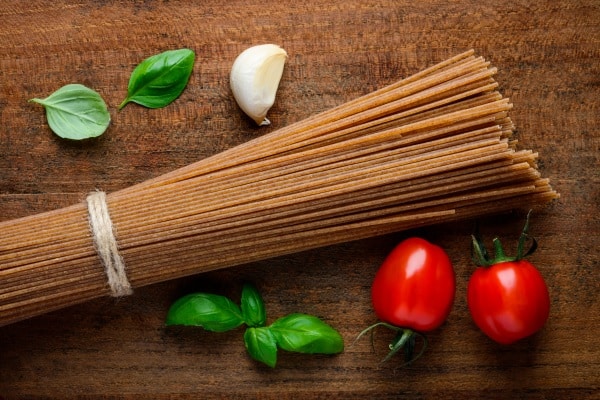
Grains are a staple in many diets, but not all grains contribute equally when it comes to fiber content. Whole grains, as opposed to refined grains, are rich in fiber and other nutrients. Foods like oats, brown rice, and whole-wheat pasta are excellent examples. Oats are particularly noteworthy; they contain a type of soluble fiber called beta-glucan, which has been shown to lower cholesterol levels.
Whole grains are incredibly versatile and can be included in various meals throughout the day. Brown rice can be a hearty addition to lunch or dinner, while whole-wheat pasta offers a more nutritious alternative to its white pasta counterpart. The key is to replace refined grains with whole grains whenever possible, ensuring that you maximize your fiber intake along with other essential nutrients.
Legumes: More Than Just Beans
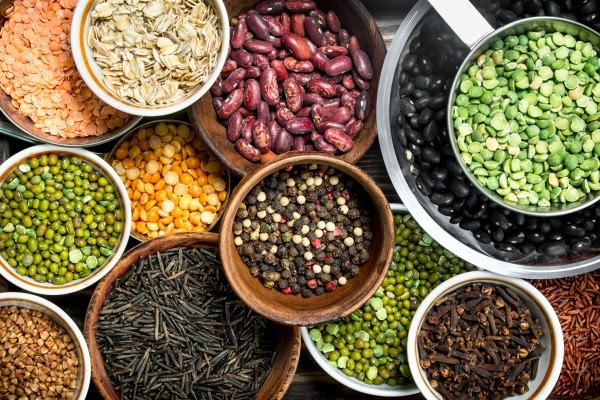
When people think of legumes, beans often come to mind. However, the legume family is diverse, including lentils and chickpeas as well. Lentils are not only a great source of protein but also rich in fiber, making them an excellent choice for plant-based diets. Chickpeas, also known as garbanzo beans, offer a similar nutrient profile and can be used in a variety of dishes, from salads to hummus.
Beans like black beans, kidney beans, and navy beans are fiber powerhouses. A single cup can provide a significant portion of your daily fiber needs. The beauty of legumes is that they are also rich in protein, making them a fantastic option for those looking to balance their macronutrients. Whether you’re a meat-eater or follow a plant-based diet, legumes offer a versatile and nutritious way to meet your fiber goals.
Nuts And Seeds: Small But Mighty
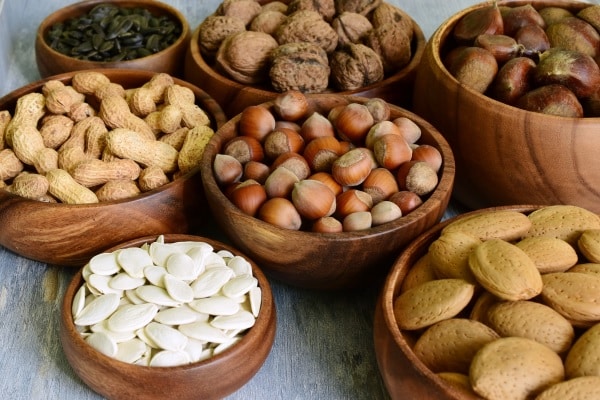
Don’t let their size fool you; nuts and seeds are small but mighty when it comes to fiber content. Almonds, for example, offer a good amount of fiber, healthy fats, and protein. Chia seeds are another excellent source; these tiny seeds can absorb up to 12 times their weight in water, forming a gel-like substance that aids in digestion.
Sunflower seeds and flaxseeds also make the list of fiber-rich nuts and seeds. Sunflower seeds are not only a good source of fiber but also provide essential nutrients like vitamin E and selenium. Flaxseeds are unique in that they contain both soluble and insoluble fiber, offering a range of benefits from heart health to improved digestion. Including a variety of nuts and seeds in your diet can be an easy and convenient way to boost your fiber intake.
Indulgent Foods With A Fiber Kick
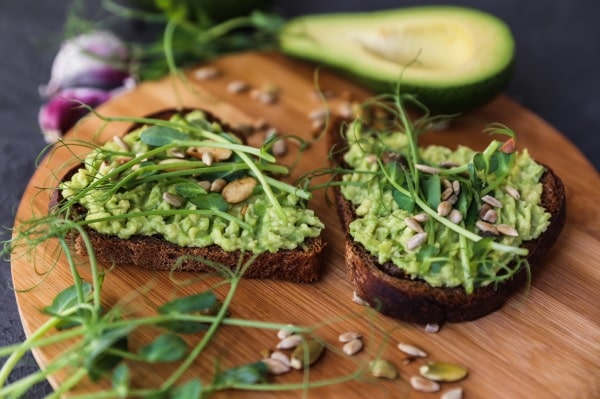
Believe it or not, some foods that are considered indulgent also pack a fiber punch. Take dark chocolate, for example; it contains fiber along with antioxidants, making it a treat you can feel good about in moderation. Popcorn is another snack that, when prepared without excessive butter or salt, can be a healthy, fiber-rich option.
Whole-grain bread topped with avocado offers a more savory indulgence that’s also rich in fiber. Avocado itself is a good source of fiber, and when paired with whole-grain bread, it becomes a fiber powerhouse. The key to enjoying indulgent foods while still boosting your fiber intake is to make mindful choices. Opt for dark chocolate over milk chocolate, air-popped popcorn over the butter-laden variety, and whole-grain options whenever possible. This way, you can satisfy your cravings while still doing something good for your body.
Elevate Your Health With Fiber-Focused Choices
Switching to a fiber-rich diet is more than just a nutritional upgrade; it’s an investment in long-term well-being. From heart health to digestive wellness, the benefits are manifold. The best part? Adding fiber to your meals can be as simple as choosing whole grains over refined ones or snacking on nuts instead of chips. Make the commitment to include more fiber-rich foods in your diet, and you’ll soon notice the positive impact on your health!


